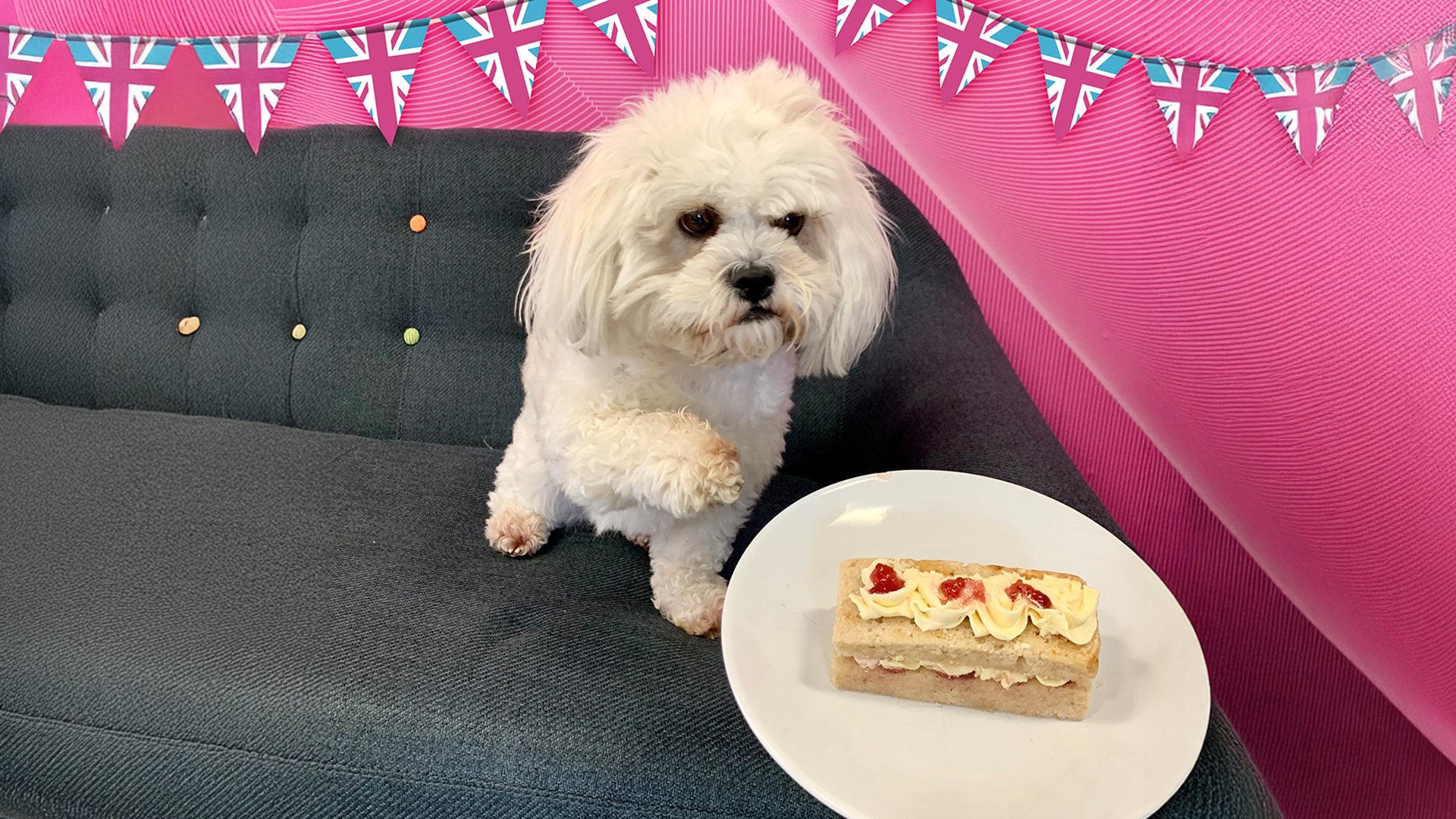Two months on: What's Changed?
I don’t need to summarise the past two months for you. You were there. A lot has changed since the UK first went into lockdown and I’m not just talking about how dry our hands are now from washing them 200 times a day.
The creative, digital and media industries have adapted quickly to give users and readers what they want. Our news outlets have changed and our social media channels have updated their offering. We’ve all had to get creative. Quickly. Instagram supports small businesses.
This week, Instagram added a new ‘Support small business’ sticker to its platform, where users can recommend small local businesses, spreading awareness of products and services still operating during this time.
These recommendations then all collate in one story highlight, giving potentially struggling businesses more visibility.
Instagram says that it is committed to supporting small businesses as they navigate this challenging time. This new option is good for small businesses and it’s good for Instagram.
The platform can’t afford to lose the ad revenue it generates from businesses, so by helping small businesses continue to make money, Instagram is surely hopeful that small businesses will then reinvest this money in some healthy ad spend.
Facebook makes its mark as COVID-19 Update…Highlight the latest important updates in response to coronavirus (COVID-19), including: new services you’re offering; changes to product availability; new safety practices…COVID-19 updates can help you reach more people in your local community by appearing more visibly on different places on Facebook.
Facebook has launched a new ‘COVID-19 update’ option for businesses, enabling them to‘ mark’ a post as being coronavirus-related. This gives the post more visibility and highlights its importance to followers.
As with Google business, Facebook has also enabled businesses to label themselves as ‘temporarily closed’ via a ‘temporary service changes’.
This new settings option also allows businesses to select their new ways of working – eg, restaurants that are perhaps not currently open ‘as normal’ but are now able to deliver takeaways.
At a time when businesses are having to constantly adapt, changing their ways of working almost on a day-by-day basis, new options these are important in keeping customers informed.
By implementing new COVID-19 updates and service options, Facebook has shown that it can adapt quickly and is responding to the needs of its users.
No news is good news?
‘No more news,’ the people cry, as daily press conferences, news of death tolls and debilitating intel on how everyone you’ve ever known and loved could be next becomes an everyday occurrence.
The British public still trusts journalists, but the steady stream of harrowing news seems to be turning some people off.
In response, The Telegraph has launched a new In Other News’ newsletter: ‘a positive newsletter dedicated to the top stories with no mention of the coronavirus…’
And it’s not just UK news outlets that have recognised we’re experiencing some sort of ‘facts fatigue’. The NewYorker is known for its long form articles, humour pieces and light-hearted satirical cartoons.
Now, it is celebrating its position as a non-breaking news source of information and has adjusted its marketing to encourage readers to subscribe to receive their ‘…daily escape from the news.’ – embracing the fact that we can remain informed without the bad news barrage.
Magazines @ home
No more glamorous photoshoots and no more interviews taking place over coffees or a glass of wine at Soho House. Oh, the horror. Magazines – and their interviewees- have had to use this time to flex their creative muscles and try something new. I am particularly impressed by GQ’s response.
British GQ conducted Riz Ahmed’s recent interview over WhatsApp messages and calls at various points throughout lockdown, receiving what feels like a live and very ‘real’ stream of consciousness. The cover concept is also inspired.
Not to be outdone, American GQ gave Robert Pattinson creative freedom with his photography spread complete with a mirror selfie as the front cover. It gives the photography a story in itself.
The interview is quite chaotic. But maybe that was done on purpose, to give areal sense of life during lockdown. Because of course, just like Robert Pattinson, we’re all sat around during lockdown wearing $7,700 jackets, aren’t we?
So what's changed?
As our lockdown rules begin to be eased, I wonder what the industry will take away from this insular period of isolation. How will our digital landscape change?And are our news outlets now destined to only print good news stories forevermore?
Here at Pace, we’re open for business as normal so if you fancy a chat about embracing the opportunities presented by our ‘new world’, get in touch.










